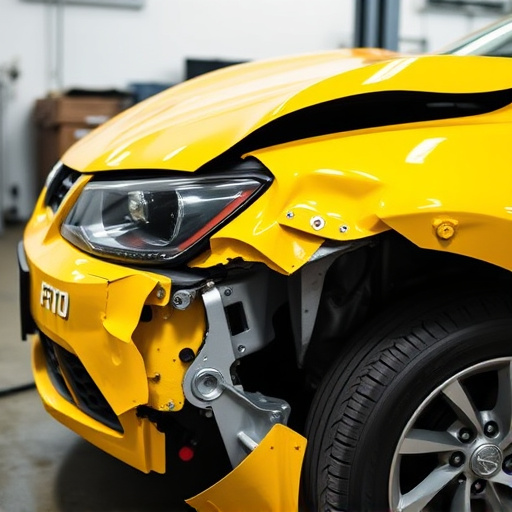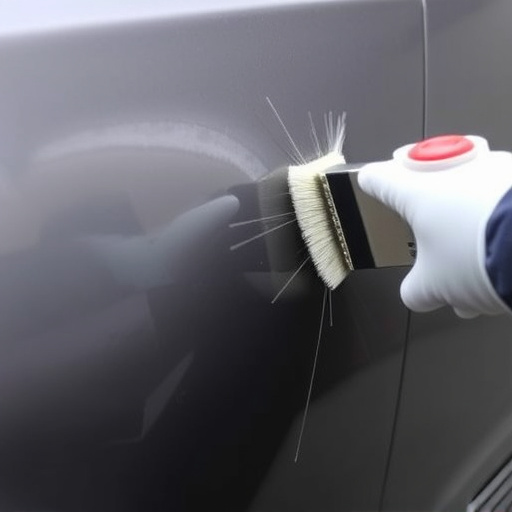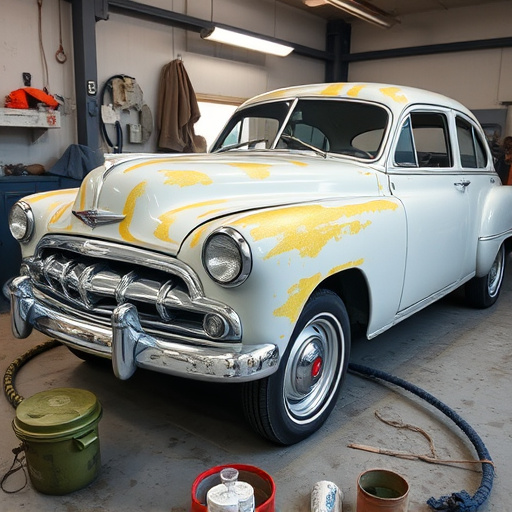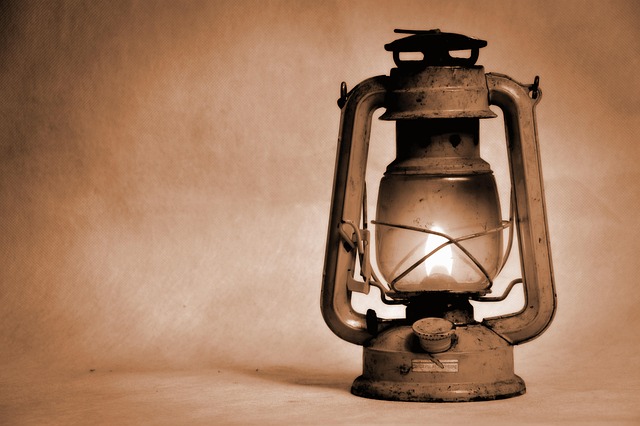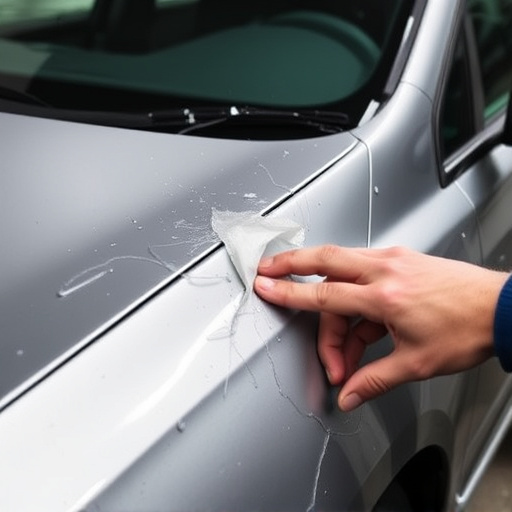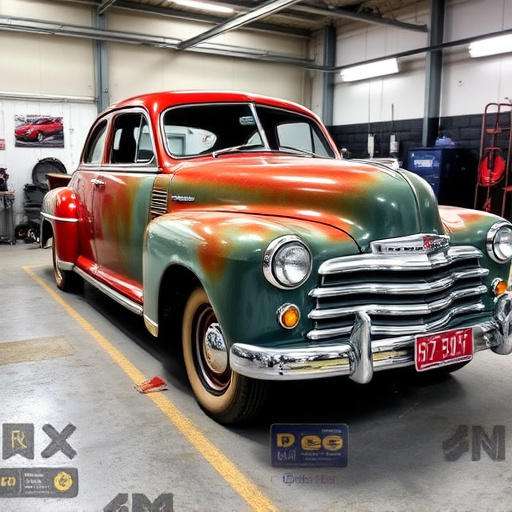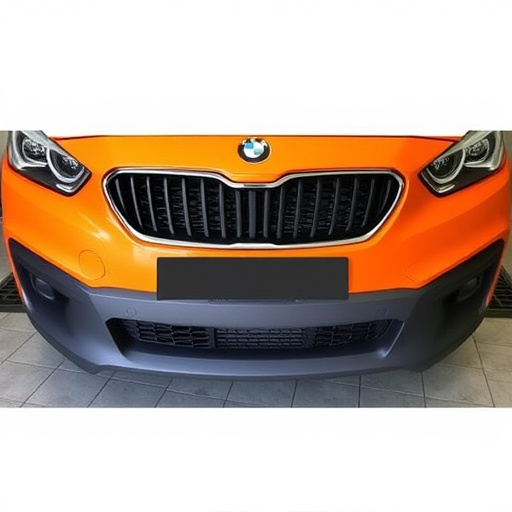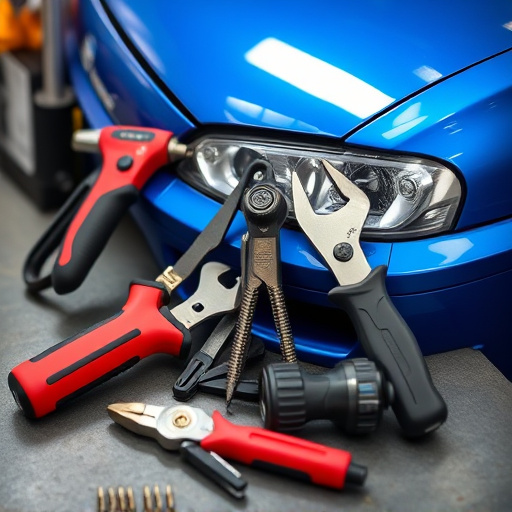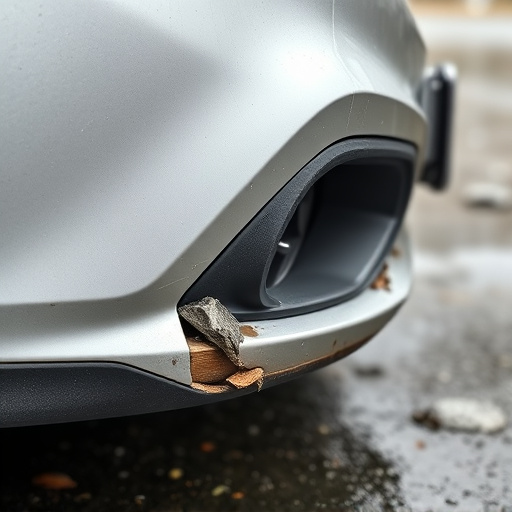OEM repair procedures in auto shops enhance quality and safety through precise replacement part standards, ensuring customer satisfaction with superior repairs like paintless dent removal. This cost-saving strategy streamlines operations, reduces training needs, speeds services, and maintains original warranty coverage, ultimately boosting customer experience.
In today’s auto industry, adopting OEM (Original Equipment Manufacturer) repair procedures is a game-changer for workshops. This article explores the multifaceted benefits of implementing OEM standards, focusing on enhancing quality and safety, offering cost-effective solutions, and streamlining repair processes. By aligning with OEM practices, auto shops can ensure superior customer satisfaction, maintain vehicle integrity, and optimize operational efficiency. Discover how this approach revolutionizes automotive service delivery.
- Enhancing Quality and Safety Standards
- Cost-Effective Solutions for Auto Shops
- Streamlining Repair Processes and Efficiency
Enhancing Quality and Safety Standards

Using OEM (Original Equipment Manufacturer) repair procedures in auto shops brings a multitude of benefits that enhance both quality and safety standards. By adhering to these protocols, technicians ensure that every replacement part meets or exceeds the specifications set by the vehicle manufacturer. This meticulous approach results in repairs that are not just functional but also aesthetically superior, such as those provided through paintless dent repair techniques.
Furthermore, OEM procedures prioritize safety by providing clear guidelines for handling and installing parts. This is particularly crucial in collision repair, where precise alignment and secure fittings are vital to prevent future structural issues. Such meticulous attention to detail not only guarantees the longevity of vehicles but also instills confidence in customers that their cars are in capable hands.
Cost-Effective Solutions for Auto Shops

OEM repair procedures offer auto shops a cost-effective solution that can boost their bottom line. By utilizing original equipment manufacturer parts and techniques, shops can reduce the expense associated with purchasing and using aftermarket or generic components. This not only translates to higher profit margins but also ensures that the vehicle’s original warranty remains intact, providing peace of mind for customers.
Furthermore, these procedures streamline the repair process by minimizing the need for additional training or specialized equipment for auto body repair and car paint services. Vehicle dent repair, a common task in any shop, becomes more efficient when using OEM parts, leading to quicker turnaround times and happier customers.
Streamlining Repair Processes and Efficiency
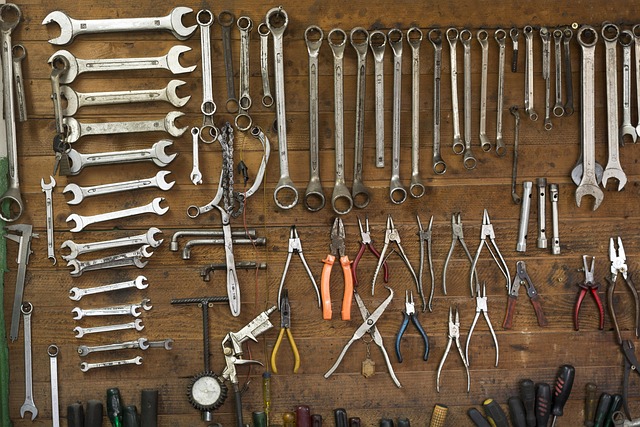
Using OEM (Original Equipment Manufacturer) repair procedures in auto shops offers a streamlined approach to automotive maintenance and fixes. These procedures provide step-by-step guidelines for replacing or repairing vehicle parts, ensuring that every process is executed precisely as intended by the manufacturer. By adopting OEM practices, auto shop technicians can work more efficiently, reducing the time typically spent on troubleshooting and guesswork. This precision leads to faster turnaround times for customers, enhancing overall workshop productivity.
Furthermore, OEM repair procedures are particularly beneficial for specialized tasks like fender repair or car dent removal, where achieving a factory-like finish is essential. The detailed instructions and specific tools recommended in these guidelines guarantee that auto body repairs are executed correctly, minimizing the risk of damage or imperfections. This level of expertise not only saves time but also ensures customer satisfaction, fostering trust in the shop’s capabilities.
OEM repair procedures offer a comprehensive solution for auto shops, ensuring enhanced quality and safety standards while providing cost-effective benefits. By streamlining repair processes, these procedures not only boost efficiency but also maintain the integrity of vehicles. Adopting OEM practices is thus a strategic move for workshops to stay competitive and meet customer expectations in today’s market.
